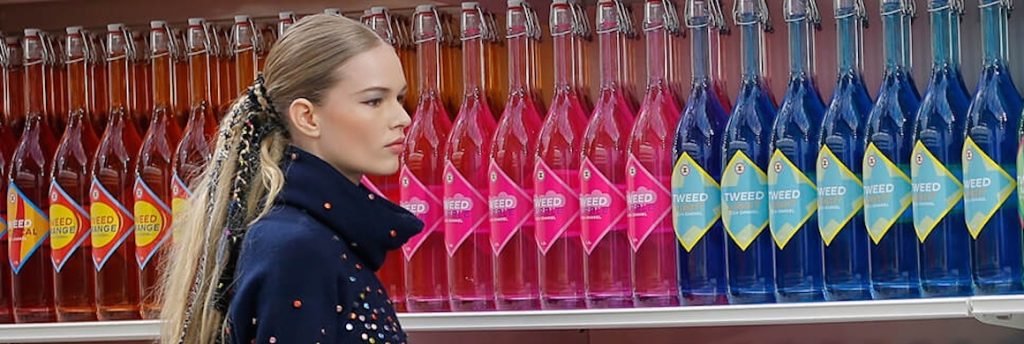Stanford GSB Debunks Myth of Consumer Choice Overload

Stanford’s Graduate School of Business recently discussed a new study by Sebastian S. Kresge marketing professor Itamar Simonson and Chinese University of Hong Kong associate professor Leilei Gao that may debunk the myth of “choice overload” when it comes to picking a product amidst a veritable ocean of options.
Psychologist Barry Schwartz famously described this phenomenon as “the paradox of choice” and consumer behavior researchers have long alleged that option paralysis can “actually discourage people from buying.” However, the article references a 2010 study in which the impact of a “big selection was about zero.” The point is we were officially on the fence…until now.
Simonson and Gao’s paper, which studied how “people reacted to selections of jelly beans and chocolate,” uncovers that “people do in fact like bigger selections, depending on where they are in the decision-making timeline.” For instance, consumers often prefer and subsequently take advantage of wide varieties if they haven’t made up their minds to make a purchase in the first place. On the other hand, an ocean of options “lowers the likelihood of buying” if the consumer simply wants to pick a favorite item from the line-up, so to speak.
Simonson elaborates: “Every decision is really two decisions. If your first decision is about whether you want to buy, then having more options is conducive to buying. But if your first decision is on which specific product to select, then having a big assortment can make it more difficult to identify the best option.”
In their experiments with jelly beans and chocolate, participants were given a choice between taking candy or the equivalent in cash. The study found that “participants who decided first on whether to buy were far more likely (49 percent compared to 26 percent) to take [candy] over cash after they were shown the big selection of flavors.” On the contrary, participants who “had to decide first about their favorite flavor were slightly less likely to buy when confronted by a bigger selection.”
Simonson concludes that consumers shouldn’t hold their breath for fewer and simpler items on any given menu: “People prefer more choices over fewer choices—especially before deciding whether they want to buy a particular kind of product.”
